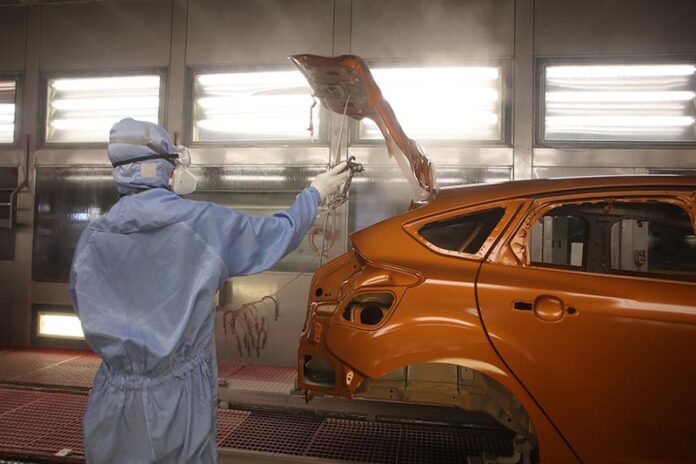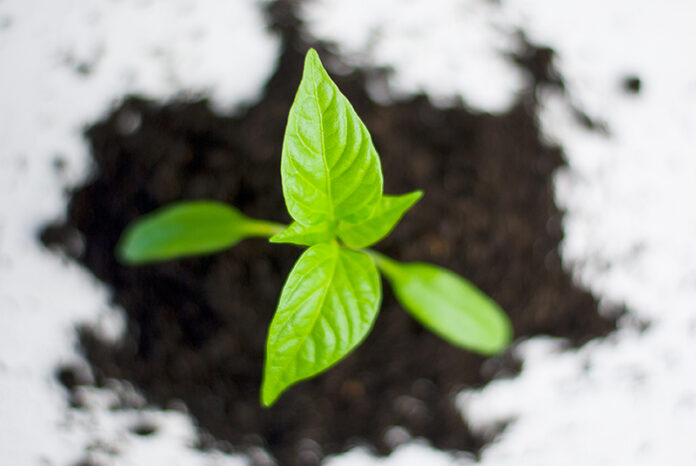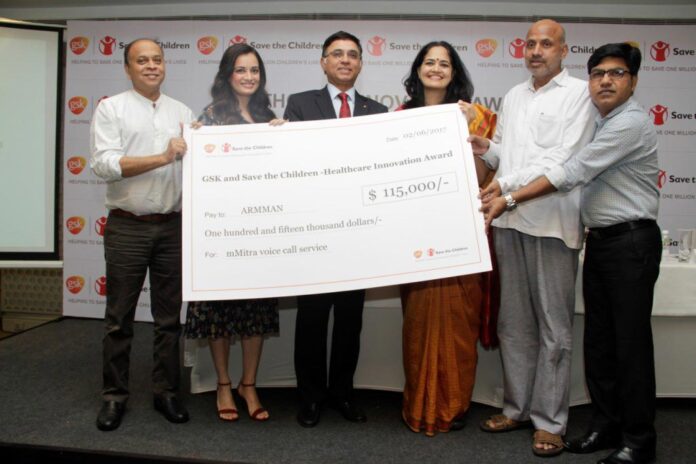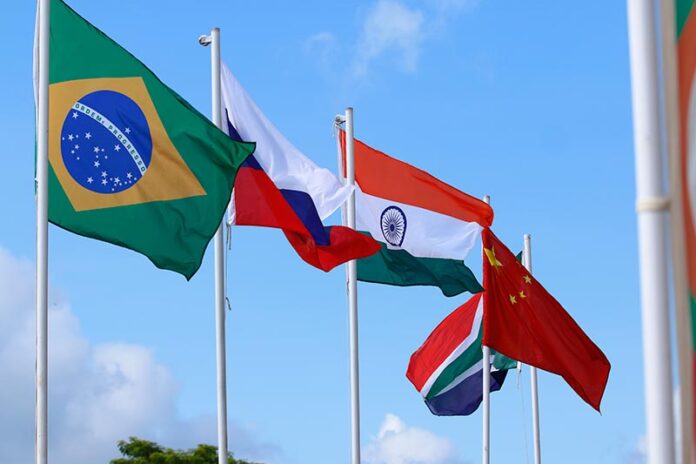For at least 5 years now I have been telling anyone who’s willing to listen that sustainability strategy and business strategy cannot be viewed separately. Business strategy has to be viewed from a sustainability lens, everything you do as a business – the products you make and sell, the people you hire and the culture you build should consider sustainability at its core. Some business get this but most don’t. In fact the reason we are in business is the latter. We want to help them reimagine sustainability, we want to get them to start thinking that business is sustainability.
In the past my position was to convince businesses to embed sustainability in their business strategy. I remember while at Infosys Ltd, where they use the Malcolm Baldrige framework for their strategic planning cycles, we worked with the corporate planning team to do just that. My position really hasn’t changed drastically, but perhaps there is a different way to look at it.
Most large enterprises, with some level of maturity in their operations, are already driving a fair amount of sustainability initiatives. It could be for reasons of regulatory risk and compliance, operational efficiency, brand and reputation building or in the rare case strategic drivers and competitive advantage. I am thinking that these companies should use technology to analyze their sustainability data for strategic decision making.
In a short period of time, I would suggest 5 years, there will be very few large enterprises or for that matter small and medium size businesses, that do not approach business from a sustainability mindset. Sustainability will become a mainstream necessity, a standard business practice. You are already seeing large global businesses separating themselves from their biggest competitors, by getting ahead of the curve in aligning with sustainability. Though both Coke and Pepsi believe that sustainability is of strategic importance and they are both doing a lot of good work around sustainability, Pepsi got ahead of the consumer’s desire for healthy options, while Coke predominantly stuck to their sugary core. I think Pepsi could have done a better job of managing their Social, with a capital S, risks by anticipating the blow-back from the Kendall Jenner ad, from a shareholder perspective though Coca Cola stock is down ~7% over the last year while Pepsi’s stock is up ~8%. This should also bode well for investors that are now keenly analyzing ESG (Environment, Social and Governance) risks of the companies they invest in. In my opinion all stakeholders should pay attention to ESG performance of companies.
Coming back to the point I was making, I believe that it is important to define sustainability strategy at a high level, and in doing so engage with stakeholders to establish materiality, but the emphasis needs to shift to using technology to manage enterprise sustainability data. Accurate sustainability data should be the basis for strategic decision making, the ability to use sustainability data to baseline performance, and use what if scenario modelling will be the basis to make a strong internal case to invest in sustainability. CXO dashboard built on top of sustainability data and analytics provides the C Level the ability to manage their ESG risks, and also mine for competitive advantage, again technology enabled peer benchmarking gives the C Level decision making insights.
I am convinced that sustainability data management and analytics platforms will drive strategic decision making, and become the basis for competitive advantage. More importantly the only way to do business while preserving natural resources, and leaving behind a healthier environment for future generations.

The author, Ankush Patel is the Co-founder & CEO of Treeni Sustainability Solutions, an organization committed to help Indian companies reimagine and embrace sustainability.
Views of the author are personal and do not necessarily represent the website’s views.
Thank you for reading the story until the very end. We appreciate the time you have given us. In addition, your thoughts and inputs will genuinely make a difference to us. Please do drop in a line and help us do better.
Regards,
The CSR Journal Team



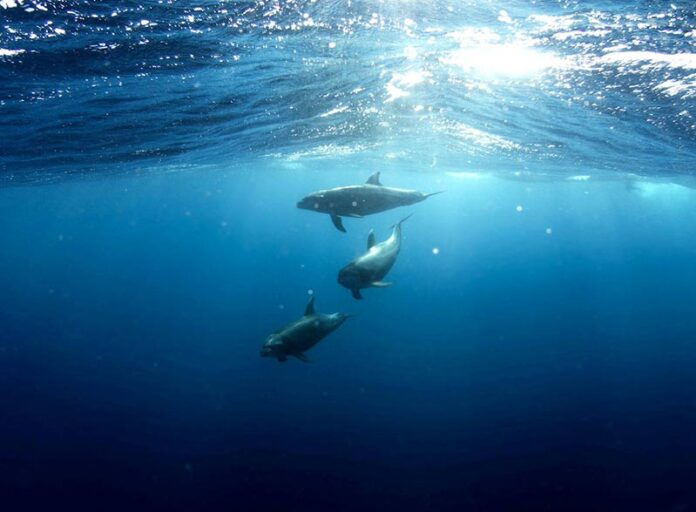
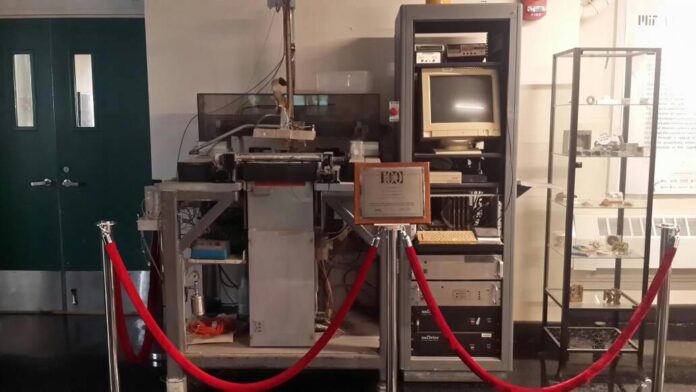
 Anirban Ghosh is the Chief Sustainability Officer at the Mahindra Group. He has been working with Group in Sales, Marketing, and Strategy since 1999 and has been recognized as a distinguished CSO in his current role. A gold medal winning engineer from Jadavpur University, Calcutta, Ghosh has pursued doctoral studies in Marketing Management at IIM Ahmedabad. He enjoys music, reading, traveling, driving, cricket and tennis. He is an active public speaker and has represented the nation at the Festival of India across multiple nations.
Anirban Ghosh is the Chief Sustainability Officer at the Mahindra Group. He has been working with Group in Sales, Marketing, and Strategy since 1999 and has been recognized as a distinguished CSO in his current role. A gold medal winning engineer from Jadavpur University, Calcutta, Ghosh has pursued doctoral studies in Marketing Management at IIM Ahmedabad. He enjoys music, reading, traveling, driving, cricket and tennis. He is an active public speaker and has represented the nation at the Festival of India across multiple nations.